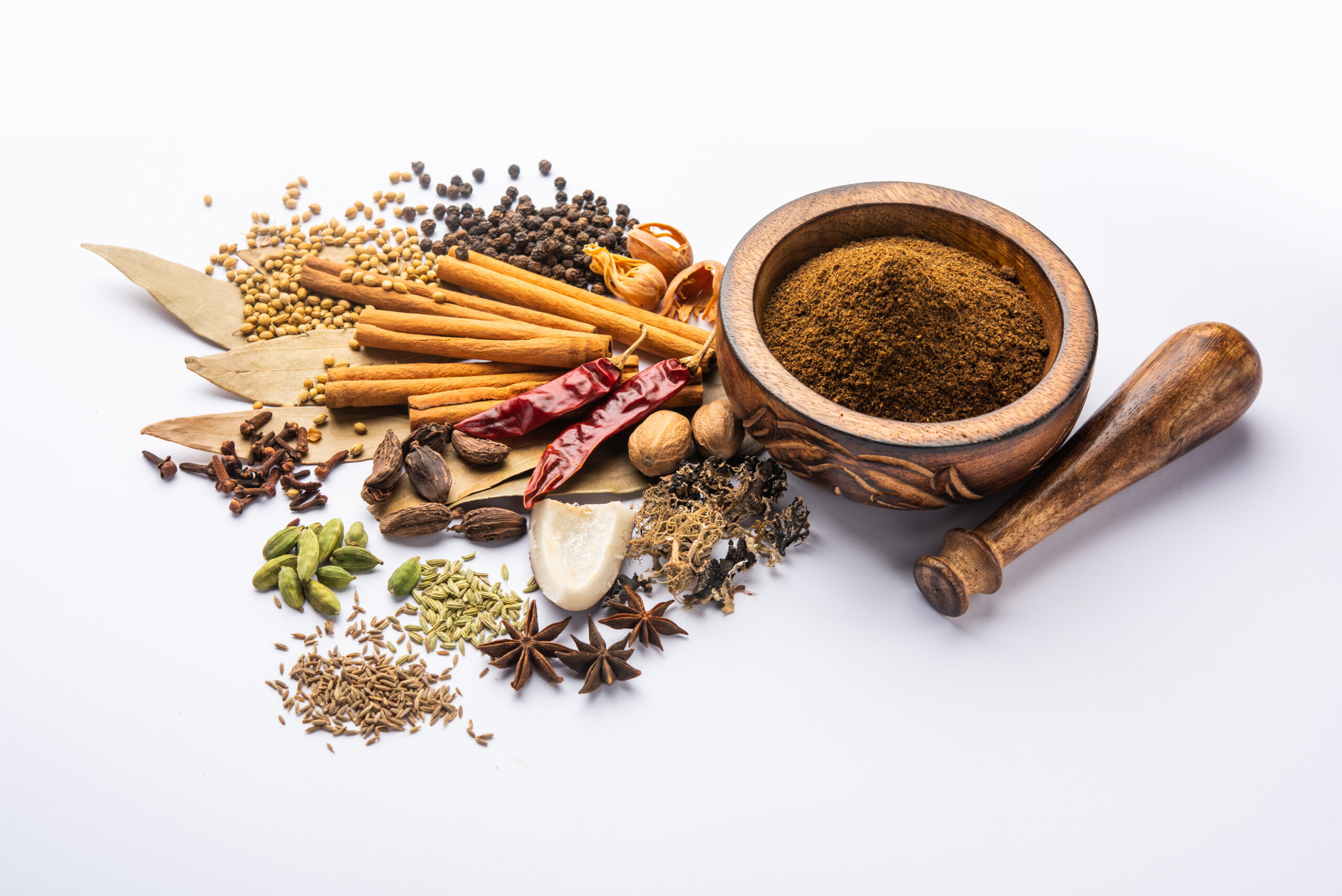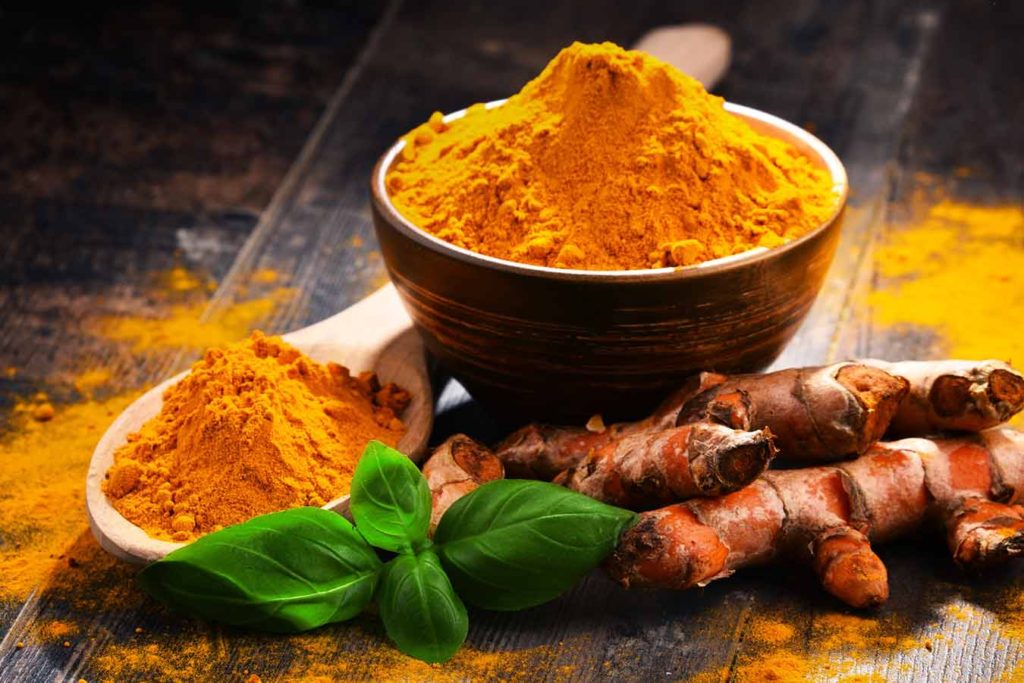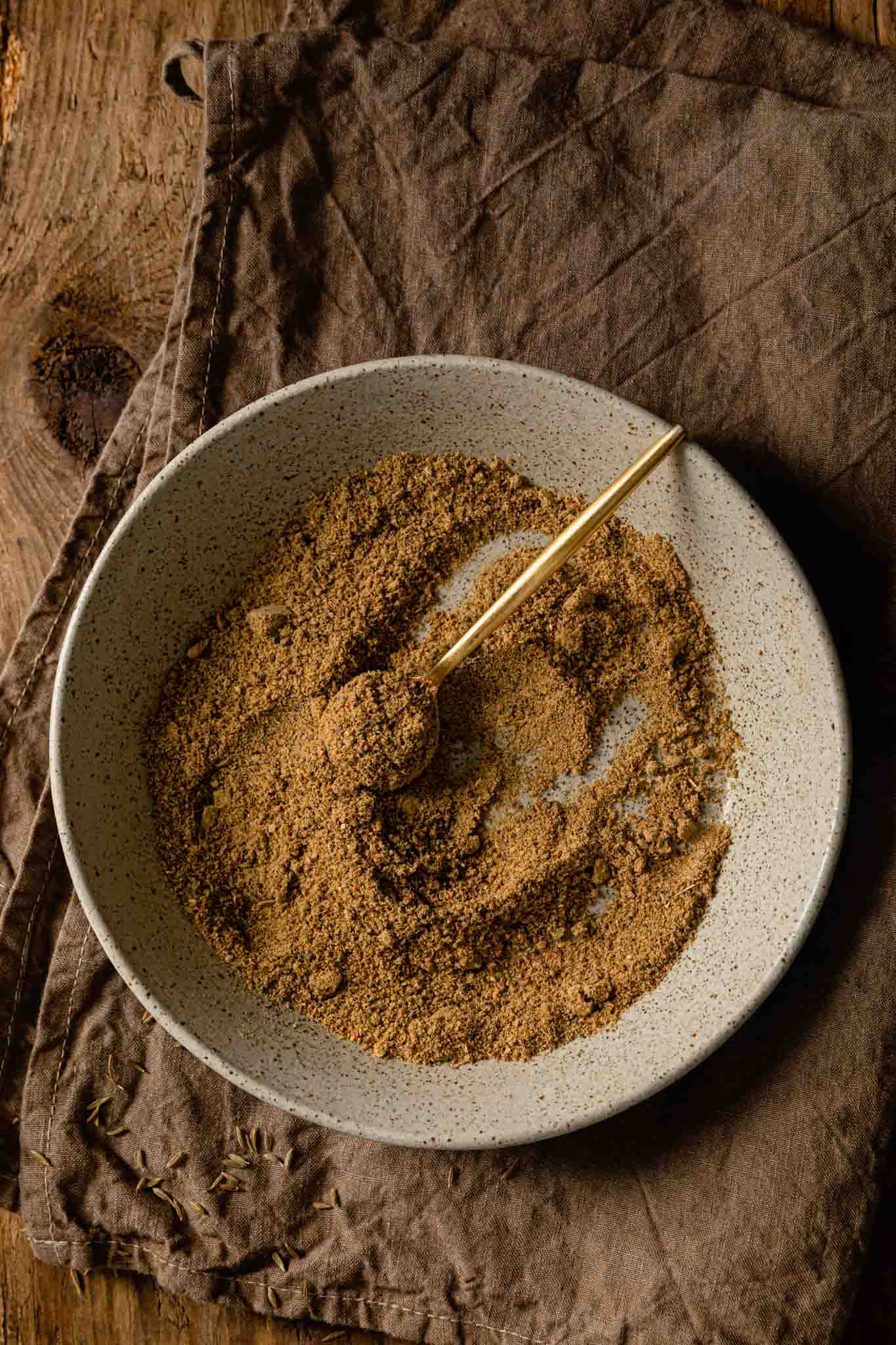Most common food ingredients in Indian Cuisines
Layering spices is one of the best-known features of Indian cuisine. Buy whole spices to maximize flavor; ground spices oxidize and lose their flavor. Use a mortar and pestle or a small electric coffee grinder to grind spices as you need them.
- 1. Cumin
- Brown seeds with a crescent shape make up cumin. In North Indian vegetable dishes like aloo gobi (potatoes with cauliflower) and papadum, crispy flatbreads made with chickpea flour, they play a significant flavorful role.
- 2. Cardamom
- Large green cardamom pods and petite, smokey black cardamom pods are the two different varieties of cardamom. Although green cardamom is more prevalent, both varieties can be used in both savoury and sweet recipes such masala chai, biryani, and meat marinades.
- 3. Garam masala
- Garam masala, which means "warming spices" in Sanskrit, is a spice blend made up of cinnamon, mace, peppercorns, coriander, cumin, and cardamom pods. Although you can purchase pre-ground garam masala at the supermarket, if you have whole spices on hand, it's simple to create a more aromatic spice blend at home. Old Delhi-style butter chicken, Anglo-Indian chicken tikka masala, and Punjabi chana masala all contain garam masala.
- 4. Turmeric
- The ginger-like rhizome of turmeric has a vivid orange colour and an earthy flavour. Although fresh turmeric can be grated, it is more frequently marketed processed into a golden powder that is the principal component of the majority of commercial curry powders. Use it in chicken recipes and khadi (turmeric yoghurt soup).
- 5. Coriander
- The dried seeds of cilantro are known as coriander seeds. Punjabi saag paneer must have the zesty flavour of coriander seeds. The leafy, green portion of the cilantro plant is used as a garnish for many Indian meals. Chop up the stems and add them to the mixture because they are just as flavorful as the leaves.
- 6. Mustard seeds
- Mustard seeds come in three different hues: brown, black, and yellow. Each one has sulphur compounds, which are what give mustard its pungent taste. The flavour of mustard seeds can be softened and a small nuttiness added by tempering them by cooking them in ghee or oil. Chickpeas or potatoes taste great when flavoured with fresh curry leaves and black mustard seeds. In Gujarati-style methia keri, both black mustard seeds and mustard oil are utilised (mango pickle).
- 7. Fresh curry leaves
- Curry leaves are glossy, scented leaves that come from a citrus tree. They provide a delicate flowery flavour to stews and soups and, like bay laurel, are sold both fresh and dried. They are delicious when spooned over dal or potatoes after being tempered in oil or ghee with black mustard seeds and cumin. They can be included in chutneys as well.
- 8. Tamarind
- Tamarind, which is frequently offered as a paste, is derived from the seedpods of the legume family's tamarind tree. Sambar, a South Indian lentil and vegetable stew frequently eaten with vada (doughnuts) or idli, is a dish made with tamarind, which has a distinctively sour flavour (rice cakes).
- 9. Chaat masala
- Amchoor (dried unripe mango) is a staple ingredient in chaat masala, a sour, umami-rich spice mixture that can also contain asafetida, mint, ginger, ajwain, cayenne, black salt, black pepper, cumin, coriander, and dried pomegranate seeds. For chaat, which includes street food snacks like dahi vada, aloo tikki, and samosa chaat, it is used as a condiment.
- 10. Ajwain
- Ajwain, often referred to as carom, is a little fruit with seeds that has a flavour similar to a blend of oregano, anise, and black pepper. Naan, bhindi, and parathas are all flavord with ajwain (fried okra).





:max_bytes(150000):strip_icc():format(webp)/mustard-seed-types-1808086-hero-01-05e35c845b2d4ed5a77b8d9e8e547e59.jpg)

:max_bytes(150000):strip_icc():format(webp)/GettyImages-1147545054-2000-cf62d6b8188846518193157fba8449be.jpg)


Yummm
ReplyDelete